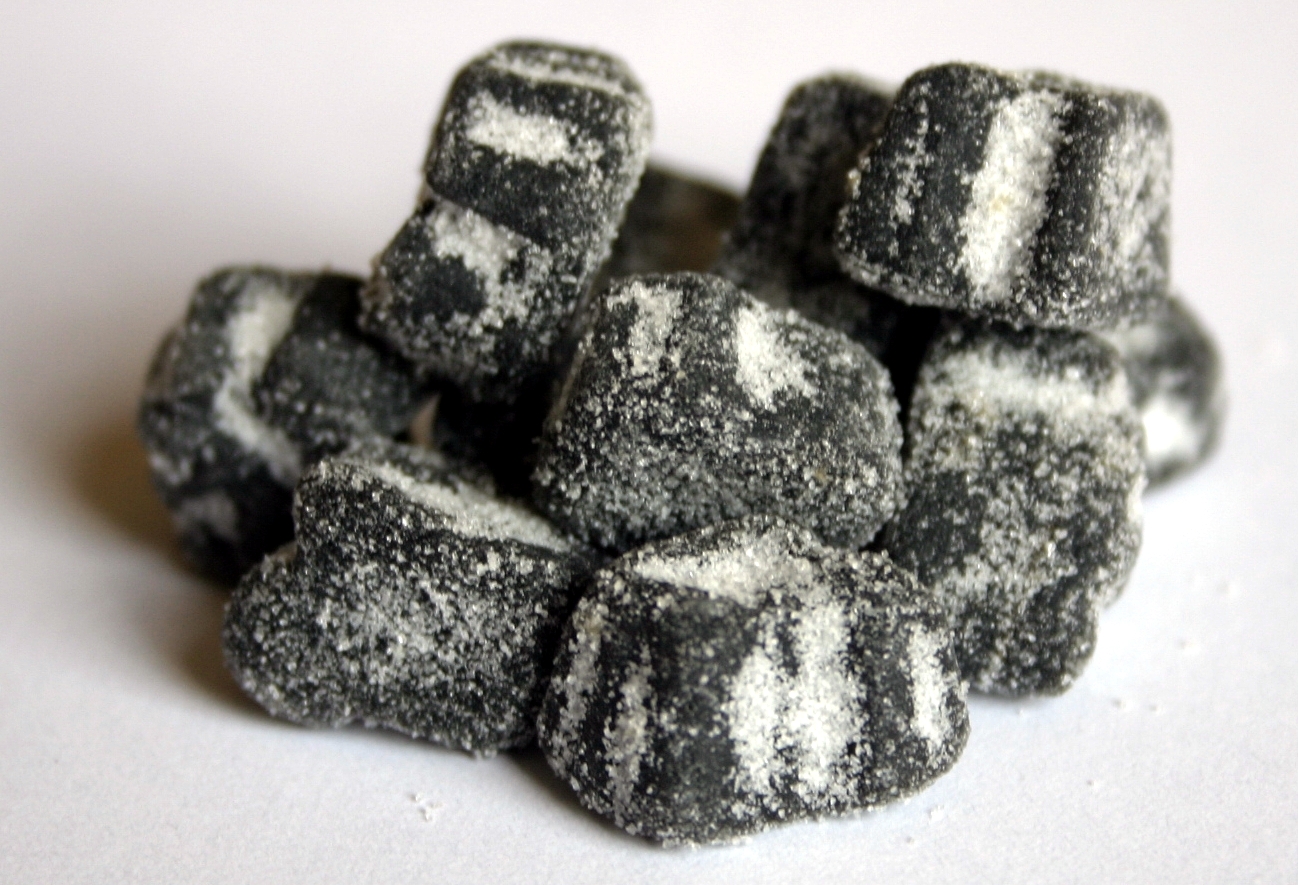Here at STP, a member of staff’s safe return from annual leave often heralds the arrival of a tub of salty liquorice on the lunchroom table. The Nordic employees obviously crave the stuff the same way other people are addicted to more common sweets, but how does it taste to someone without Viking heritage? Our in-house translator Siân Mackie, born and bred in the UK, explains:
For many people, the appeal of salty liquorice lies more in the faces pulled by their co-workers after spotting this Nordic oddity than in the item itself. Dividing opinion since the 1930s, reactions to it range from utter delight to the complete disappearance of any facial feature whatsoever as people attempt to prevent it from entering their systems by any means.
Thought to have originally been developed as a kind of cough medicine – which makes sense really if you stop to consider its similarity to some varieties of Lancashire’s famous sinus-debunging Fisherman’s Friends, which also have a select and dedicated fan base – salty liquorice has long been sold across the Nordic region as confectionary. Nowadays our Nordic cousins take great delight in feeding it to unsuspecting visitors, who, after a brief moment of watery-eyed assessment, will either spit it across the room or offer up a determined ‘it’s getting better’ before soon being a firm convert to its disputed delights.
However, despite this clear divide, salty liquorice has slowly but surely been sneaking its way onto shelves in sweetshops up and down the UK. One might attribute this to our current and apparent obsession with all things Nordic, but really, who would go so far as to eat something just because Harry Hole, Kurt Wallander or Sarah Lund happens to favour it? There can only be one explanation really: it’s tasty stuff, and a conversation starter to boot, so why not give it a try?



